-
Posts
8,792 -
Joined
-
Last visited
-
Days Won
73
Content Type
Profiles
Forums
Events
Posts posted by Buckshot Bear
-
-
-
-
48 minutes ago, PowderRiverCowboy said:
Rumor is that the sold the paratrooper rifles after the war , "like new never shot only dropped once "
Australia went with the U.S nuclear submarines instead of the French ones, because the ceilings were too high in the French subs being 8' tall to allow arms upright in surrender.
-
 3
3
-
-
French Paratroopers prayer would be "Please don't let the plane start please don't let the plane start".
-
 1
1
-
 1
1
-
-
-
 4
4
-
-
America's second most-powerful diplomat has suggested Australian nuclear-powered submarines acquired under AUKUS could eventually be deployed against China in any military conflict over Taiwan.
-
 1
1
-
-
On 4/2/2024 at 10:22 PM, Painted Mohawk SASS 77785 said:
.I kinda like the other & still use & speak it often
Depends on your age, being us old farts PM a 3.2kg baby means nothing to me.....but a 9.8lb I know is a biggun!
Same as 180cm person height means nothing but 6' I understand. But fishing line is still often sold in lb rating down here, inches for wheel rims, TV screens, surfboards, fishing rods.
The youngun's scratch their heads when you talk about thousands of an inch, inches, feet, imperial drill bits etc.
-
 2
2
-
-
“THE TASMANIAN DEVIL”The devil became extinct on the mainland some 3,000 years ago – before European settlement, due to being hunted by the Dingo. It is now only found in Tasmania. With no dingoes found in Tasmania, the Tasmanian devil is now the island state’s top predator.Throughout the 1800s, there was a concerted effort by Tasmanian farmers to eradicate the species, which were thought to kill livestock. Thankfully, the devil did not suffer the same fate as it is a relative to the Tasmanian tiger.

-
 2
2
-
 3
3
-
-
“NECESSITY BECOMES THE MOTHER OF INVENTION” - 1876The chance to find a fortune in the gold fields saw farm labourers abandon the vast wheat farms of NSW and Victoria in huge numbers. The cost of labour skyrocketed so enterprising landowners began making crude machines that could reap and bind grain, often built from leftover machine parts and scraps of metal, like the contraption pictured here. Such was the demand that the government of Victoria held a competition offering a prize of AUS £1,000 for the most viable reaper and binder machine.
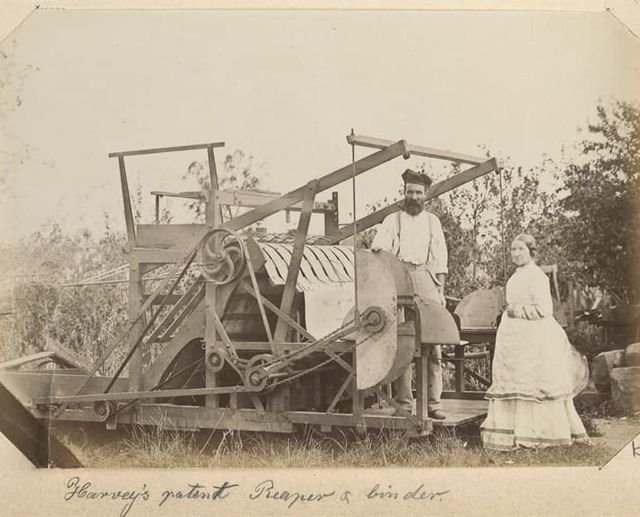
-
 5
5
-
-
They learnt from Okinawa that landing on Japan proper was going to be bloodbath, thankfully the 'Bomb' was developed that precluded a Japanese homeland invasion.
-
 1
1
-
-
-
Does it get cold in Canada????
-
 4
4
-
-
1 hour ago, Abilene Slim SASS 81783 said:
Looks like an airstrip on the edge of the property in the third pic.
Its rare that the big (or smaller) stations don't have airstrips.
-
 3
3
-
-
-
-
THE LARGEST CATTLE STATION IN THE WORLD - ANNA CREEK STATION.The Anna Creek Station was bought by Sir Sidney Kidman, Australia’s so-called “cattle king”, who owned large areas of land across Australia during his lifetime.Kidman was thirteen when he ran away from his Adelaide home in 1870 with only 5 shillings in pocket and a one-eyed horse that he had bought with his savings. His teen years, Kidman worked as a drover, stockman and livestock trader, and made money supplying services to new mining towns springing up in outback. Eventually he had saved enough to buy his own station.Kidman began gobbling up one estate after another until he was the biggest landholder in the world by World War I. At one point, the size of Kidman’s properties exceeded the size of the entire United Kingdom.His family still owns more than 10 million hectares, or about three-quarters the size of England. With a herd of 185,000 cattle, S. Kidman & Co is one of Australia's largest beef producers.

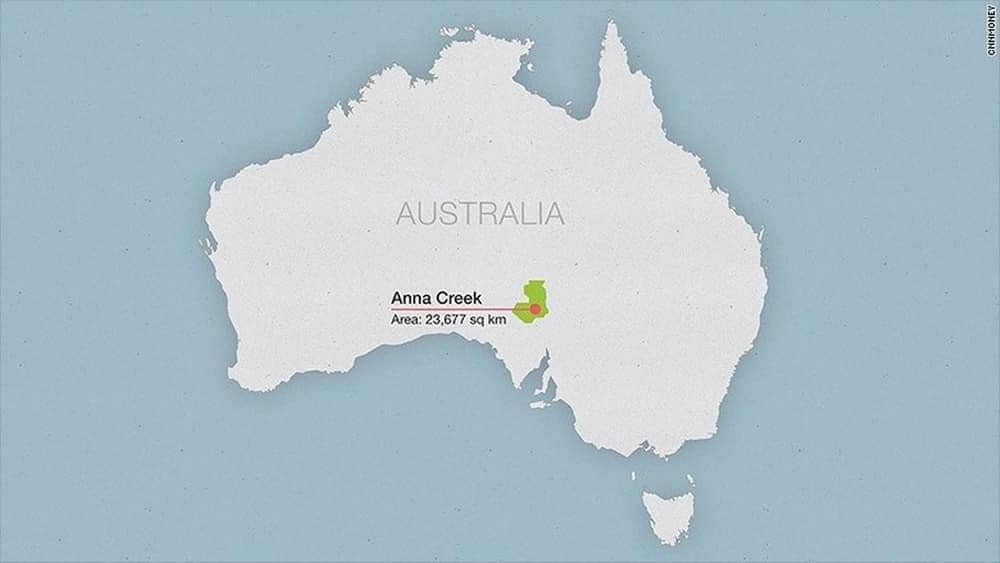


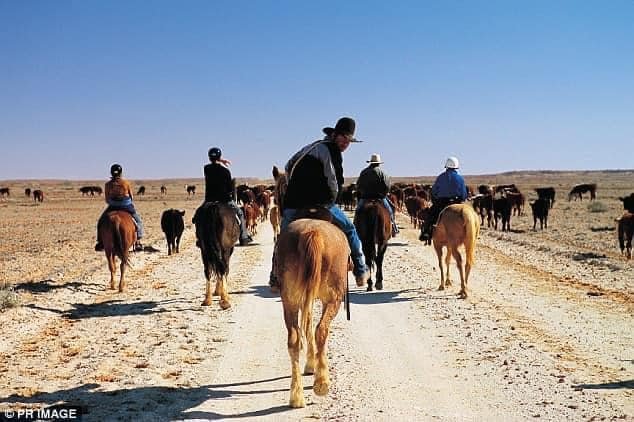
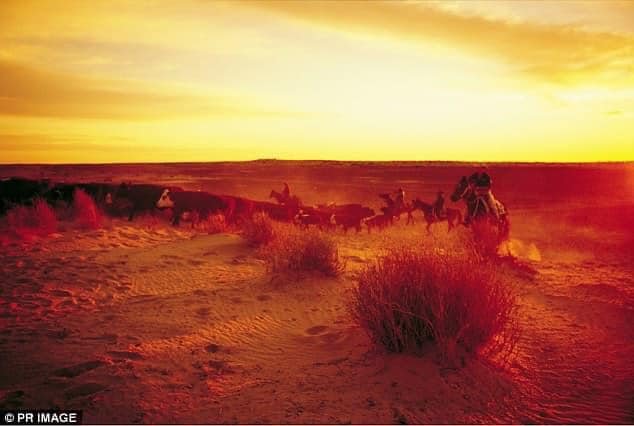
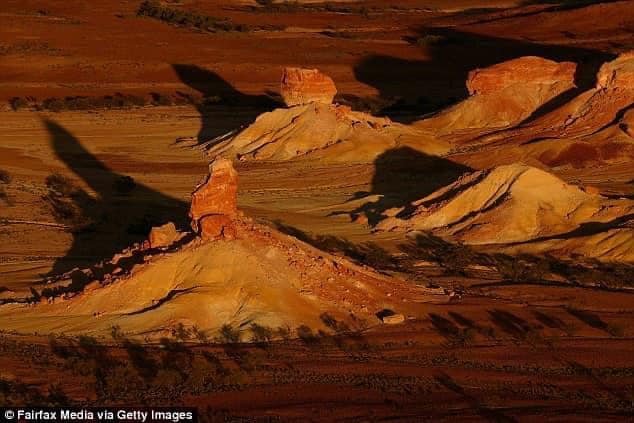
-
 3
3
-
 3
3
-
-
21 minutes ago, Rip Snorter said:
Another recent article can't recall where had, his house burglarized and one or more firearms taken, so I believe he may own firearms.
Big time (and good) IPSC shooter.
-
 3
3
-
-
-
-
-
For me they're just a couple of hours of escape entertainment.
-
 5
5
-
 5
5
-
-

-
 1
1
-
 1
1
-
 4
4
-
-
A young Paul Hogan (Crocodile Dundee)

-
 1
1
-
 2
2
-
-
WOODCHOPPING - 1870The sport of woodchop has its origins in 1870 in Tasmania, where legend has it a wager of £25 was made between two men, Joseph Smith and Jack Biggs. In the backyard of the Sprent Hotel in Ulverstone they chopped three-foot tall standing blocks, but a dispute broke out over the winner, resulting in a free-for-all-brawl. Impromptu contests became common, however, and the sport gradually organised, gaining in popularity as it spread to all states. In 1891 the United Australasian Axemen's Association was formed to establish rules.The first woodchopping event at the Show was held in 1899 in a paddock which doubled as a cattle ring. Programmed on the last day of the Show as an attraction to boost attendance, the match was an instant success with a crowd of 8,000 turning out to watch.Twenty-six competitors vied for prizes which ranged from £5 to £25. Four of the eight Heckenberg brothers from Green Valley, near Liverpool, were favourites, but the day was won by a Victorian named MacKinolty, who had won championships in three colonies. Despite their initial defeat, the Heckenbergs were to become stars of the sport, finishing their careers with eleven championships between them. The suburb of Heckenberg is named after them. Family dynasties of competitors have been common ever since.
-
 3
3
-
 2
2
-
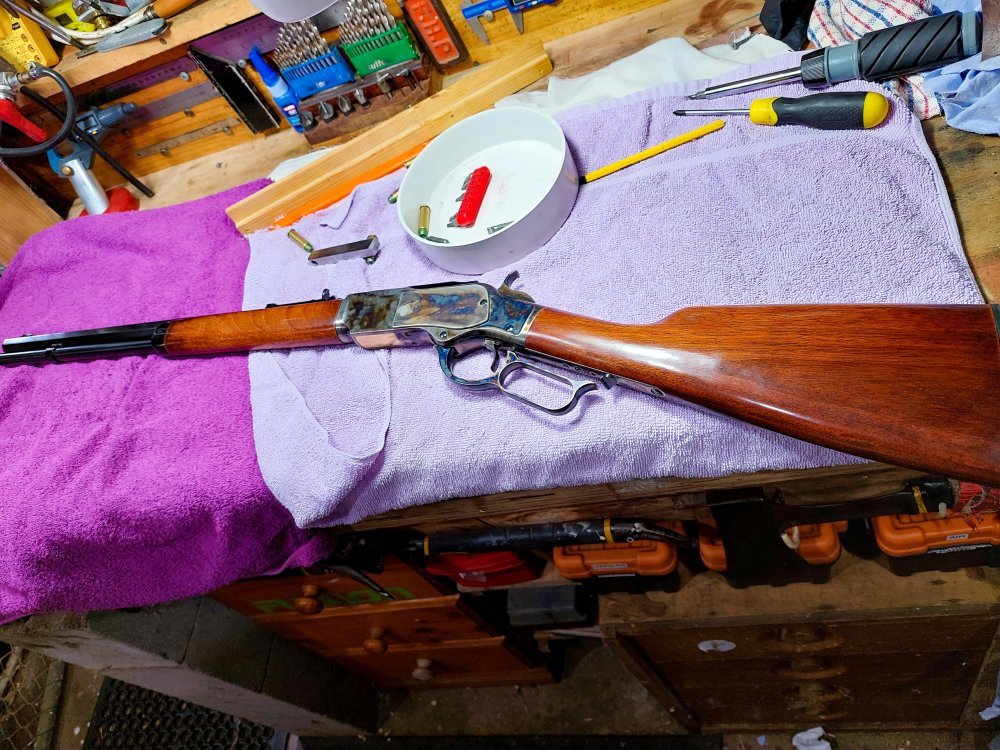
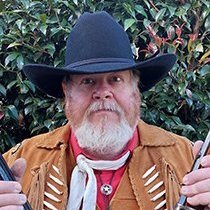
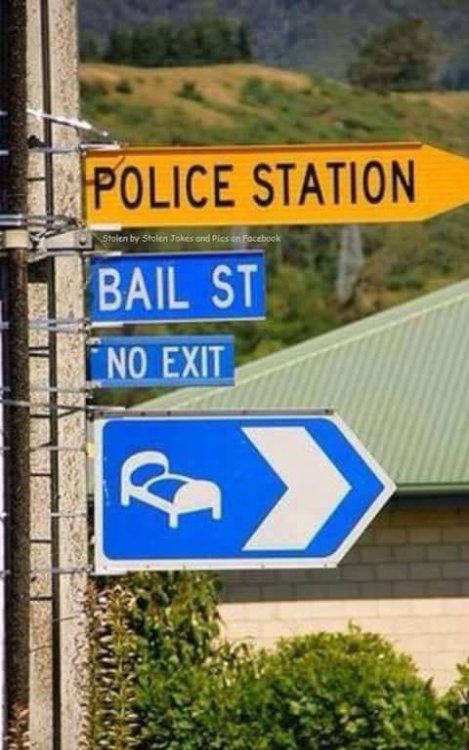
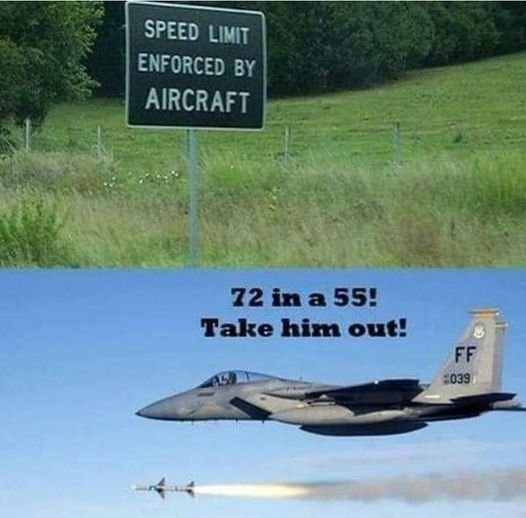
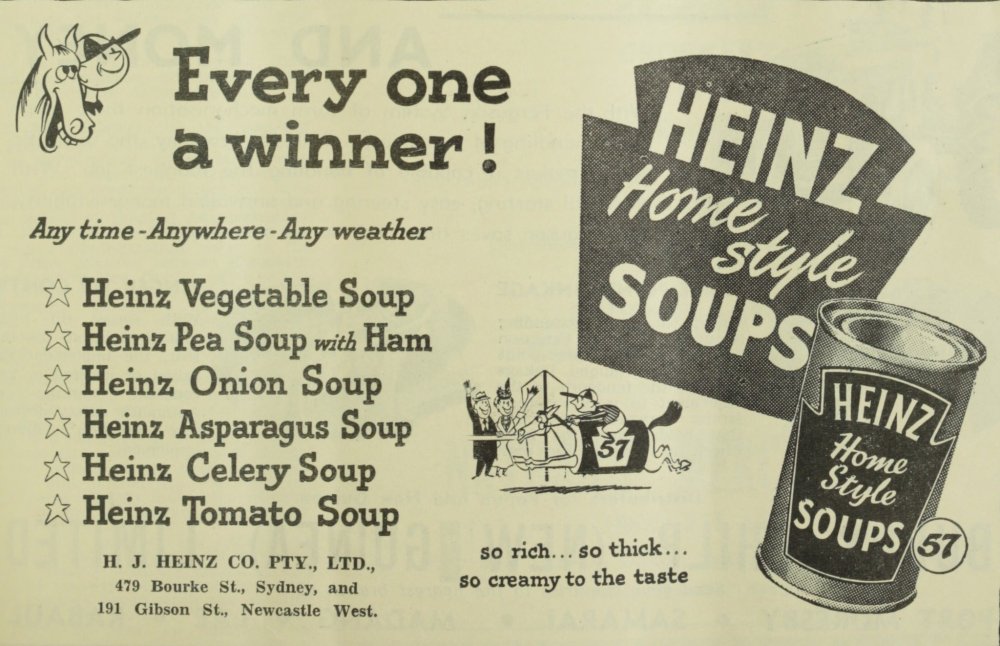



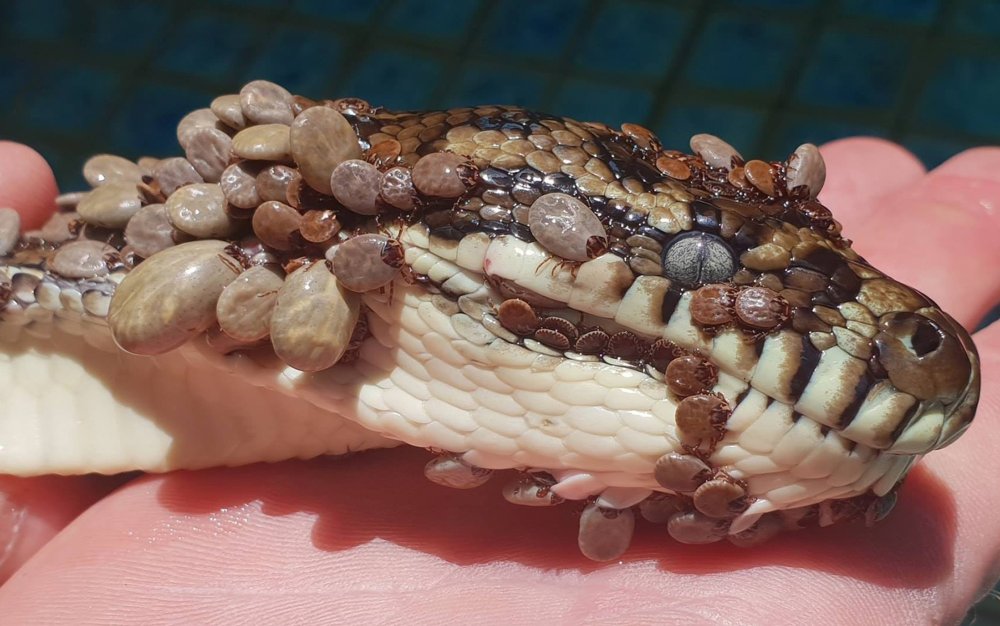

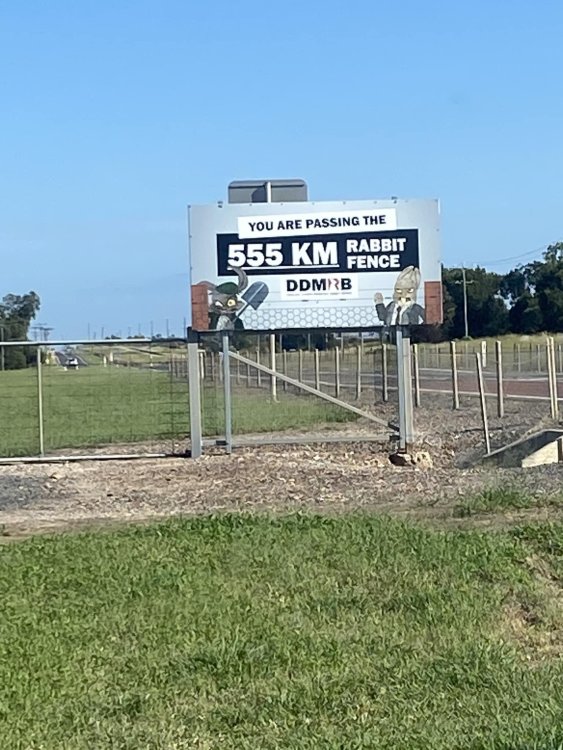
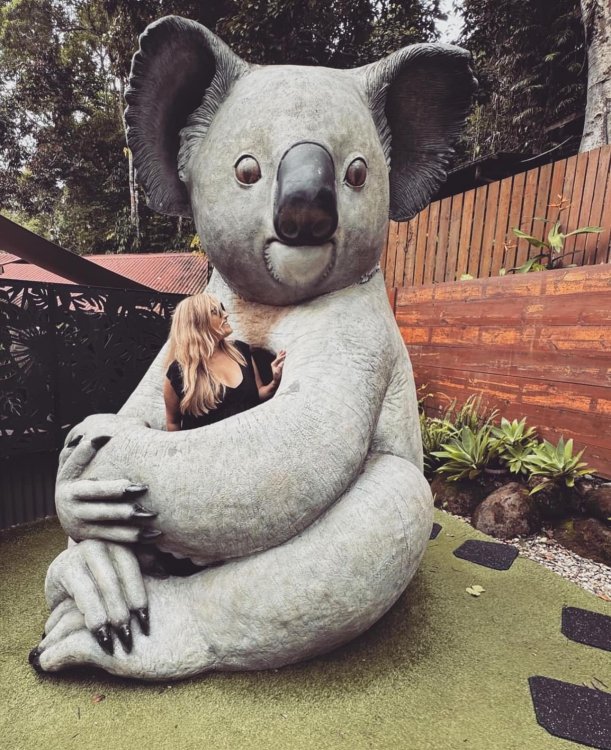
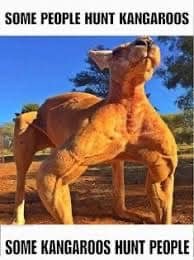

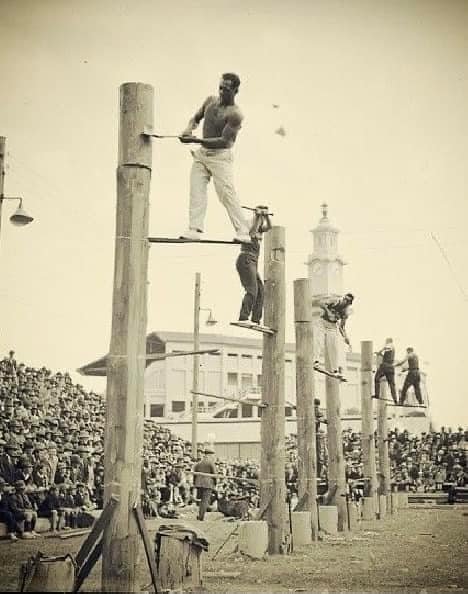
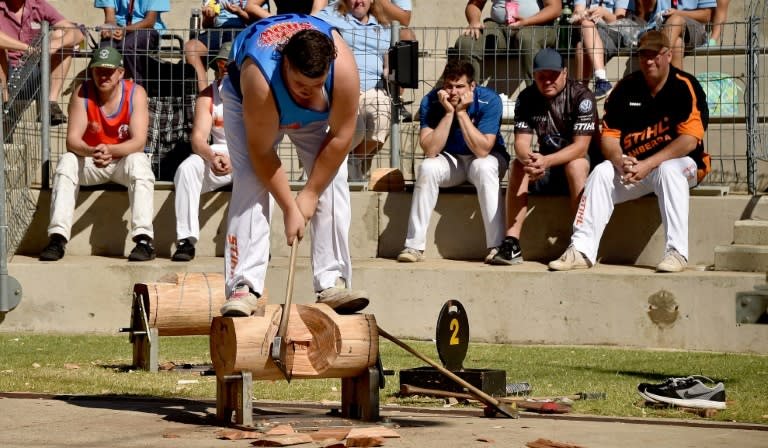

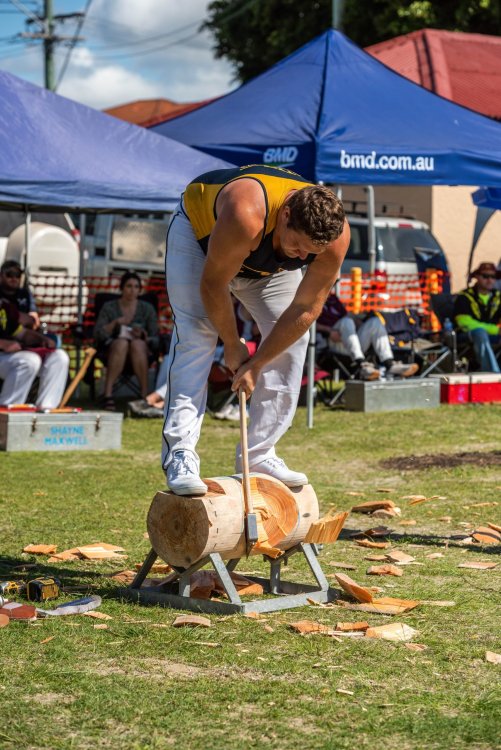
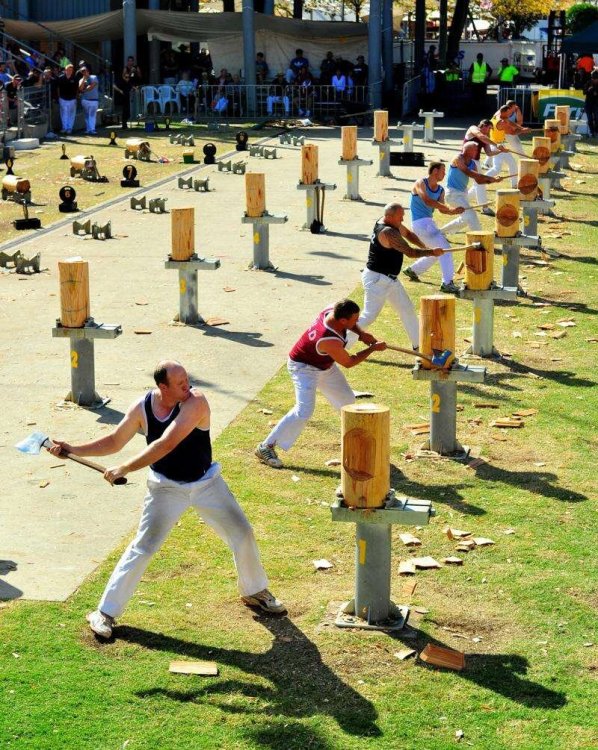


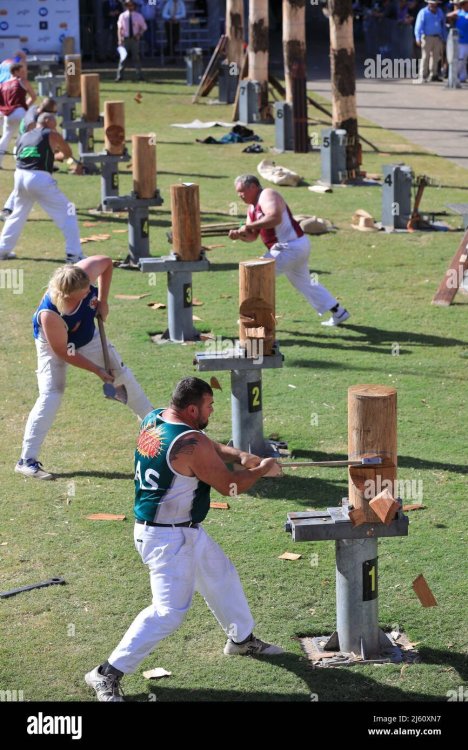
The Aussie Humour Thread
in SASS Wire Saloon
Posted